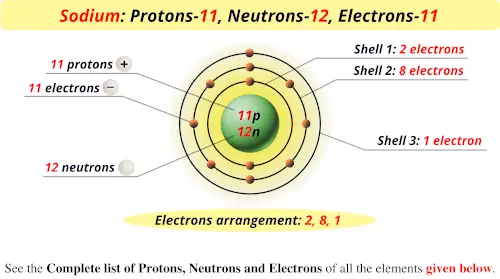

Carbon: 6 protons, 6 neutrons, 6 electrons.Boron: 5 protons, 6 neutrons, 5 electrons.Using what you know about the Octet Rule, draw three more atoms Following that rule, we can draw the next atoms, all the way through neon. As we’ll see, this rule will help you to understand what’s happening when we learn about chemical bonding, where electrons trade or share electrons. To represent the atoms of the next few elements, we need one more rule: place the electrons in the energy level singly until you have four, and then pair them up until you have filled the energy level with 8 electrons. Previous representation of lithium that shows the individual protons and neutrons New representation of lithium (notice how protons and neutrons are indicated in the nucleus) Lithium: 3 protons, 4 neutrons, 3 electrons Write the number of protons and neutrons inside the circle.īelow on the left, you can see this new representation of lithium, next to the one we’ve previously used.Instead of showing individual protons and neutrons, draw a circle to indicate the nucleus.Make sure you’ve clicked “show the answer” and studied the diagram above before proceeding.įrom this point on we’re going to simplify our diagrams by drawing the nucleus differently. The third electron goes into the second energy level. Two electrons orbit outside the nucleus, in the first energy level (also called a “shell”). In lithium, three protons and four neutrons are found in the nucleus.

IEFOU1dFUg=Cg= Lithium: 3 protons, 4 neutrons, and 3 electrons After you’ve drawn it, click “show the answer” to see if you drew it correctly. Use the description of the Octet Rule to draw a diagram of lithium. With the first energy level filled, the next electron goes into the second energy level. The first two electrons go into the first energy level. Lithium is a metallic element that has 3 protons, 4 neutrons, and 3 electrons. Let’s use the Octet Rule to draw a lithium atom. When one energy level is filled, you start filling the next one.The second and third energy levels can hold up to eight electrons (hence, “Octet”).The first energy level can hold up to two electrons.Each of the energy levels where electrons are found has a fixed capacity to hold electrons.“Octet” refers to eight electrons, as you’ll see below. But for the biology that you’ll learn in an introductory high school (or even college) course, the rules that follow will work. 1 1 When you learn about atoms in a chemistry class, you’ll learn a much more sophisticated and accurate model of electron arrangement. The Octet Ruleįor atoms with more than two protons and two electrons, a few rules need to be introduced to diagram them in a way that represents their chemical properties. Make sure you’ve clicked “show the answer” and studied the diagram above before proceeding.

Note that the term “orbital,” used in the accompanying video, has a slightly more technical meaning, and we’ll be avoiding it here. Two electrons orbit outside the nucleus, in the first energy level (also called a “shell” or “orbit”). In helium, two protons and two neutrons are found in the nucleus. The arrow points to the first energy level. IEFOU1dFUg=Cg= Helium: 2 protons, 2 neutrons, and 2 electrons. See if you can extend what we’ve learned so far to draw a diagram of helium. Helium atoms have two protons, two neutrons, and two electrons. Helium is the second most common element in the universe.


 0 kommentar(er)
0 kommentar(er)
